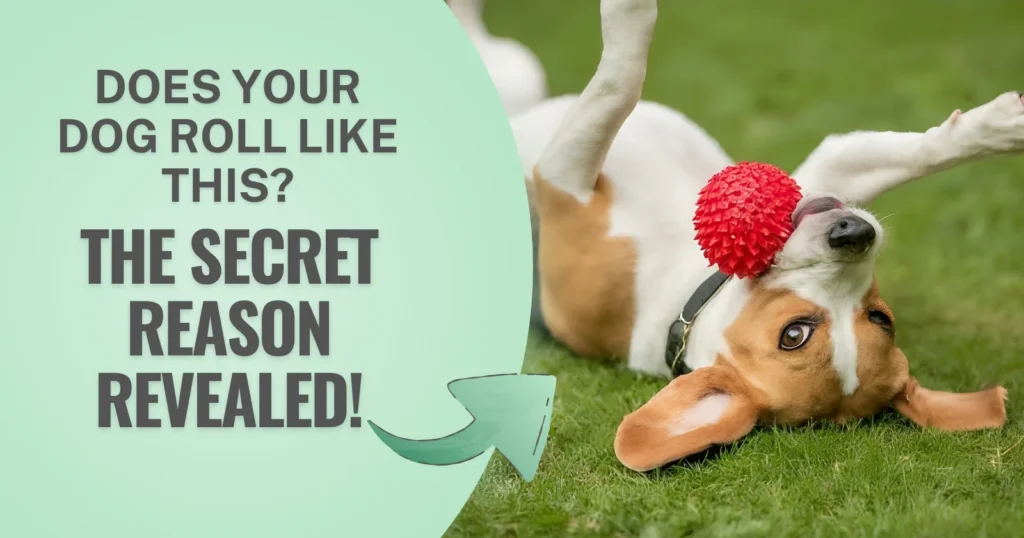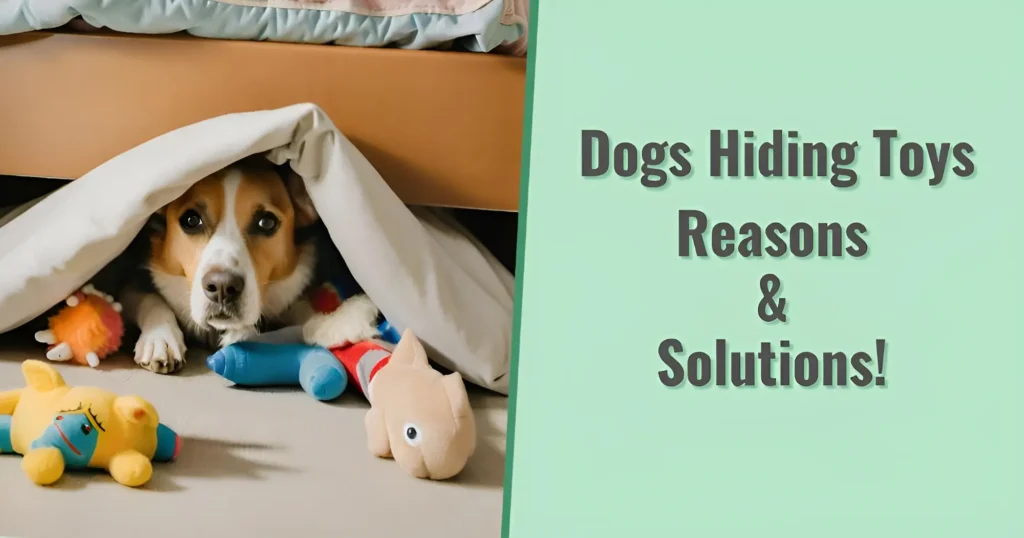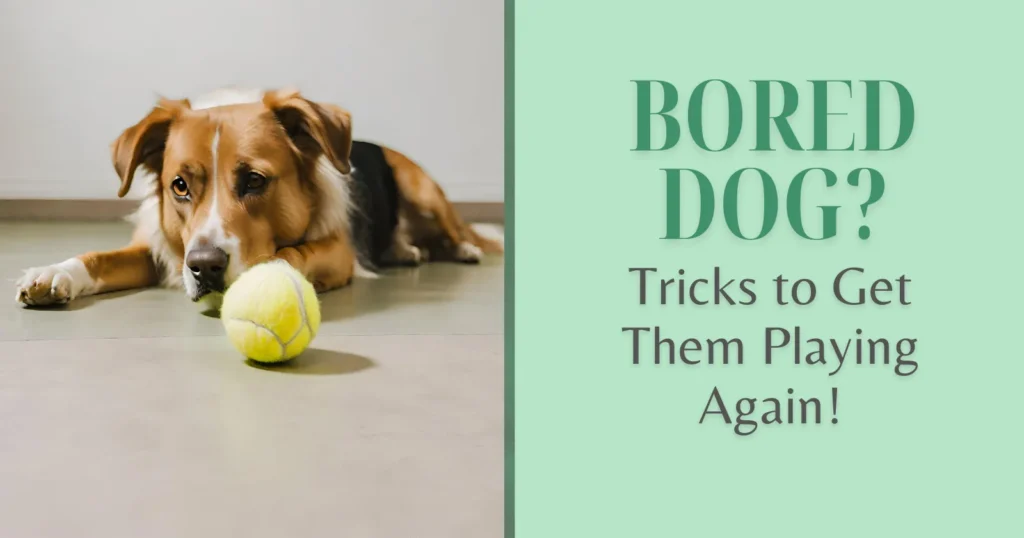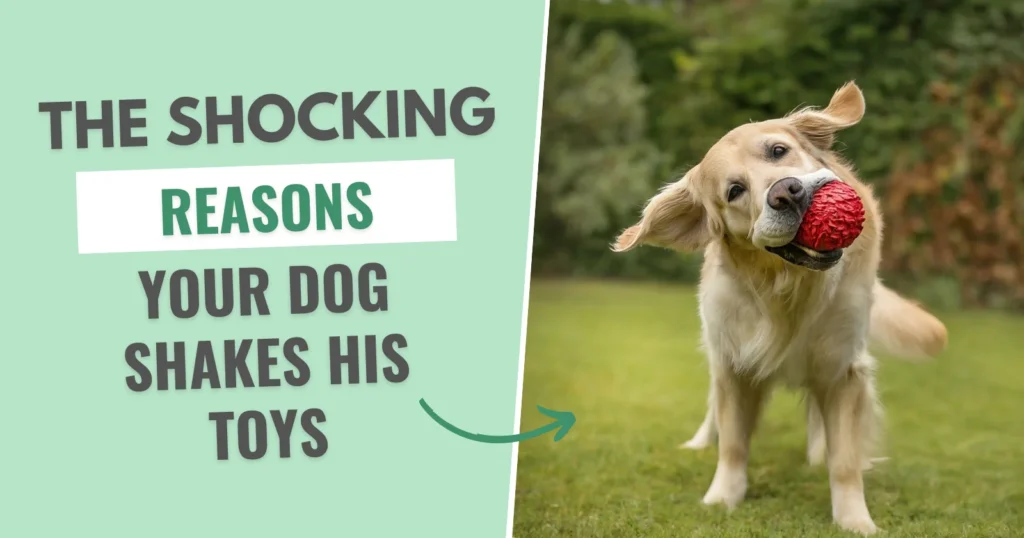Understanding the peculiar habits of our four-legged friends leaves me puzzled at times, its one quirk after another. Among these quirky behaviors, one that often puzzles and amuses dog parents is when their pup starts rolling on their toys. If you’ve ever caught your dog in the act, snout deep in a pile of toys, twisting and turning with glee, you might have found yourself asking: “Why do they do that?”
Let’s dive into the fascinating reasons behind this behavior, answer frequently asked questions, and provide you with the insights needed to understand your furry friend a little better. After all, being aware and educated on the subject is what makes one a good dog parent.
The Three Major “Whys” of Toy-Rolling
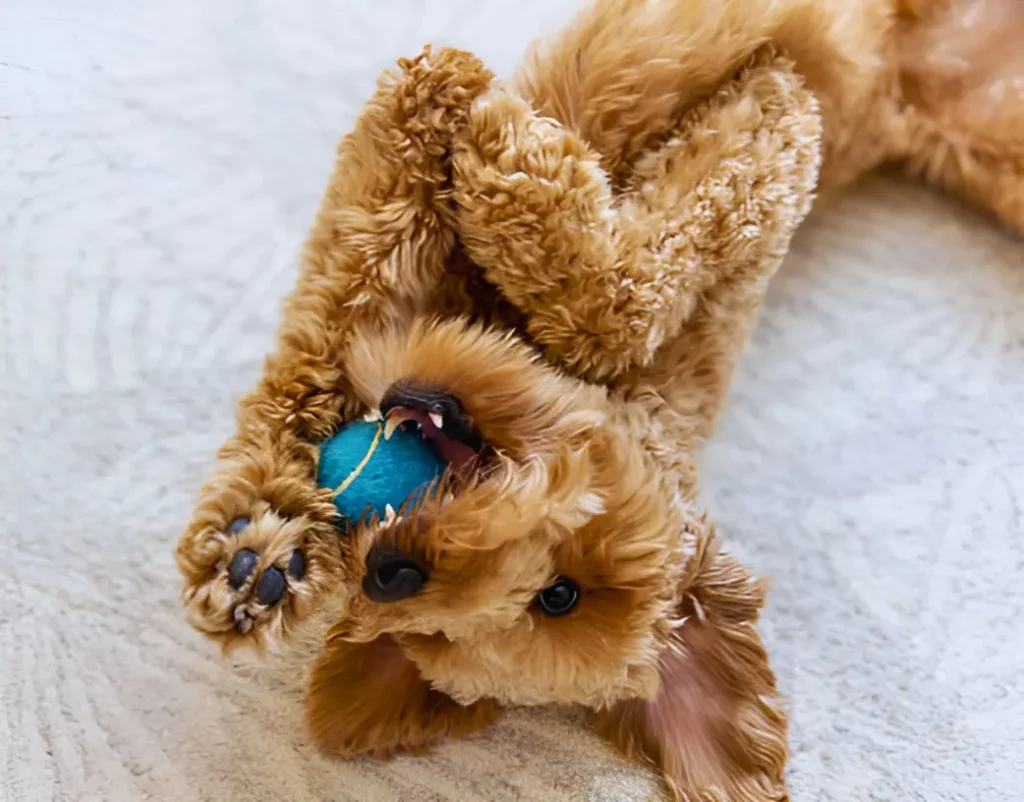

Marking Territory
- Scent Glands: Dogs have scent glands located in their cheeks and their bodies. Rolling on their toys allows them to transfer their scent, claiming ownership in a way that’s clear to other animals, if not to us. Our furry friends are much possessive about what’s their.
- Territorial Instinct: This behavior can be a throwback to their wild ancestors’ need to mark territory and signal their presence to others. Their need to assert dominance is what allowed them to survive in the wild, if you own more than one pet your dog may exhibit this behavior more often.
My neighbour owned a Blood Hound back in the day, later she adopted a little Shih Tzu pup who had a liking for the older dog’s favorite stuffed toy. More often than not, the Blood Hound was seen rolling around on the stuffed butterfly to mark the toy as his own.
Seeking Comfort
- Familiar Scents: Rolling on toys might also be a way for dogs to cover themselves in familiar scents, providing comfort and a sense of security.
- Nesting Behavior: In some cases, it can be related to nesting instincts, creating a comfortable, scent-marked area for relaxation. Most exhibited by female dogs after having a false sense of pregnancy, to confirm you may have seen them exhibit other behaviors such as whining at her toys.
Play and Stimulation
- Textural Stimulation: The various textures of their toys can provide a form of tactile stimulation, enjoyable to dogs. These various textures are what keep our furry friends mentally stimulated and keep them interested in toys.
- Prey Instinct: Mimicking the behavior of capturing and handling prey, rolling on toys can be part of play, especially with toys that resemble small animals or those that make squeaky sounds. Domesticated dogs can still mimic hunting behavior because it is has been built in for centuries.
Questions related to this behavior
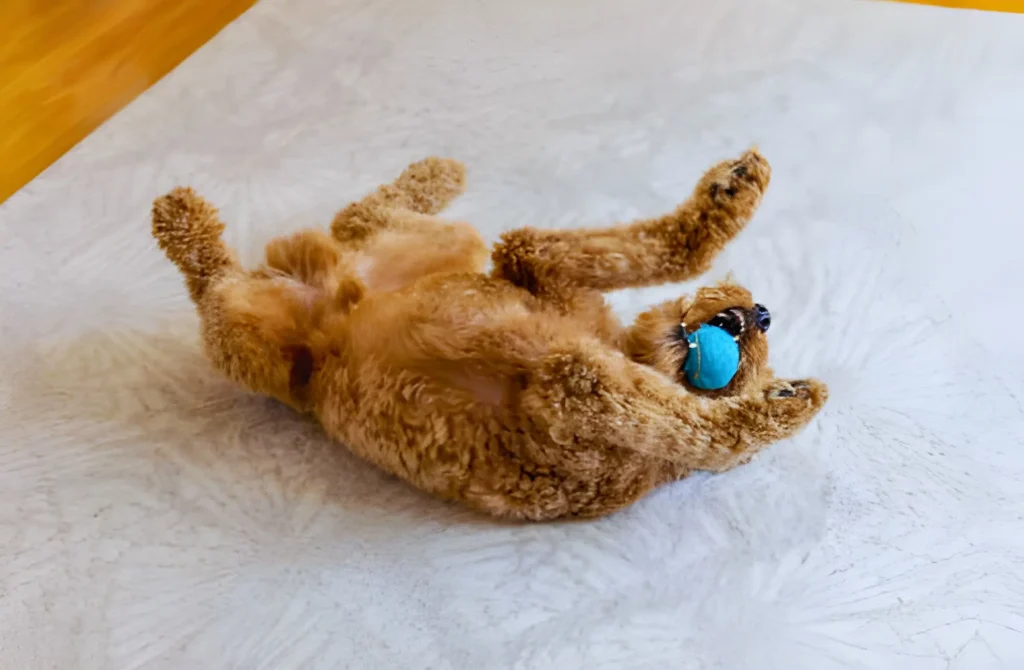

Is this behavior normal?
Absolutely! Rolling on toys is a common behavior among dogs. It’s a natural expression of their instincts and emotions. However, if this behavior is accompanied by signs of distress or aggression, it’s worth consulting a vet or a pet behaviorist.
Should I stop my dog from rolling on his toys?
In most cases, there’s no harm in letting your dog enjoy this behavior. It’s a healthy expression of their instinctual habits. If the behavior becomes obsessive or destructive, consider consulting a professional for advice.
How can I manage excessive rolling?
- Diversify Play: Introducing a variety of play activities can help manage excessive rolling, providing other outlets for your dog’s energy and instincts.
- Routine Checks: Regularly check your dog’s toys for signs of wear and tear to prevent choking hazards.
- Behavioral Training: Positive reinforcement techniques can help redirect your dog’s focus if the rolling becomes problematic.
Can rolling on toys be a sign of a problem?
While rare, excessive rolling, especially if sudden or accompanied by other unusual behaviors, can indicate underlying issues such as skin irritations or anxiety. Monitoring the behavior and consulting with a vet can help ensure your dog’s health and happiness.
The sight of a dog rolling joyously on his toys is a reminder of the complex, instinctual, and sometimes mysterious world our canine companions inhabit. Understanding the reasons behind such behaviors not only satisfies our curiosity but also deepens the bond we share with our pets. Remember, the quirks and habits that may seem odd to us are often expressions of their natural instincts and emotions. Embracing and understanding these aspects of their behavior is what makes the journey of dog ownership so enriching.
Whether your dog is marking territory, seeking comfort, or simply enjoying playtime, each roll and tumble is a testament to their unique personality and instincts. So, the next time you catch your furry friend in a happy roll, smile, knowing you’re witnessing the joy of being utterly and delightfully dog.
Keep observing, stay curious, and continue loving every moment with your remarkable companion.

